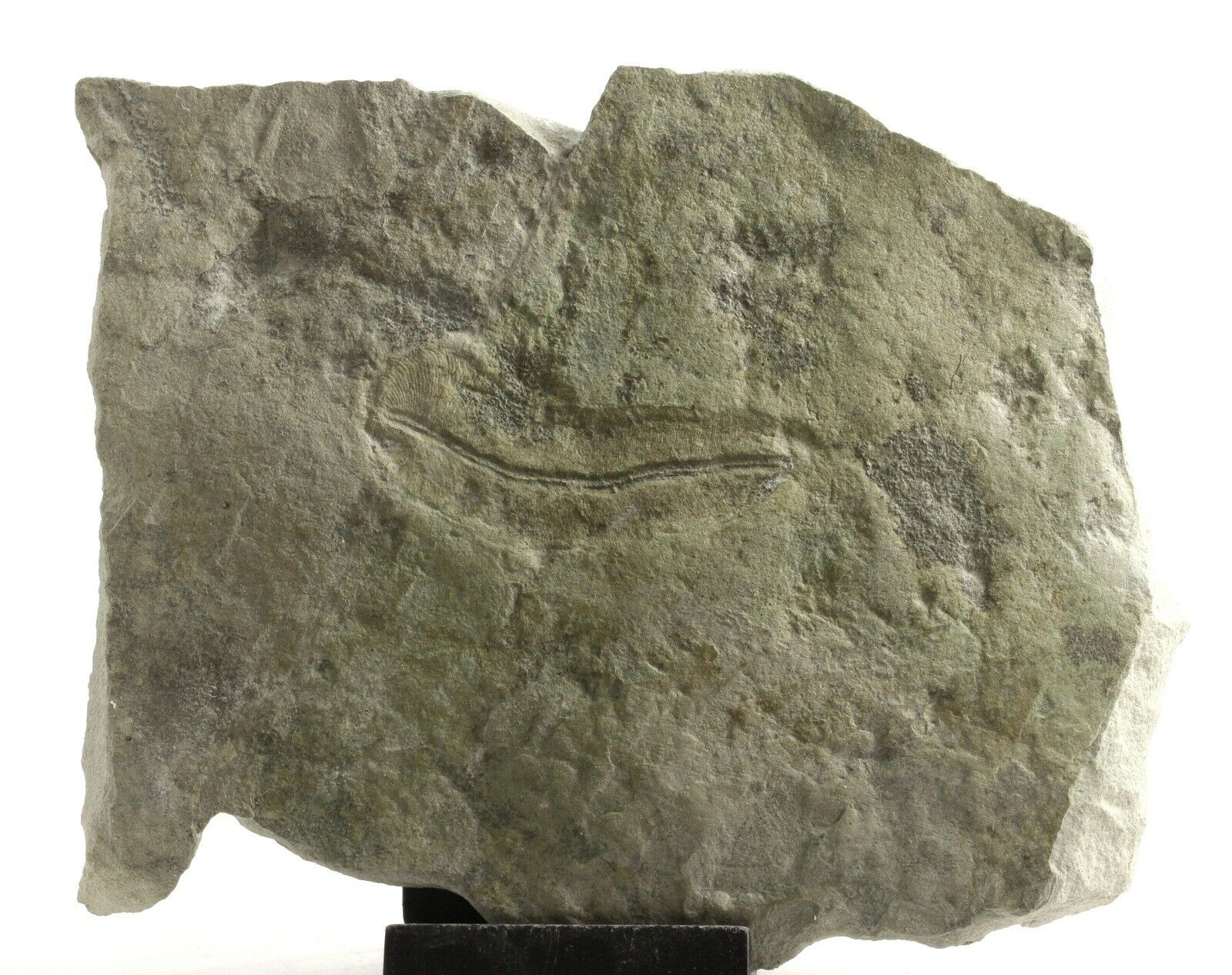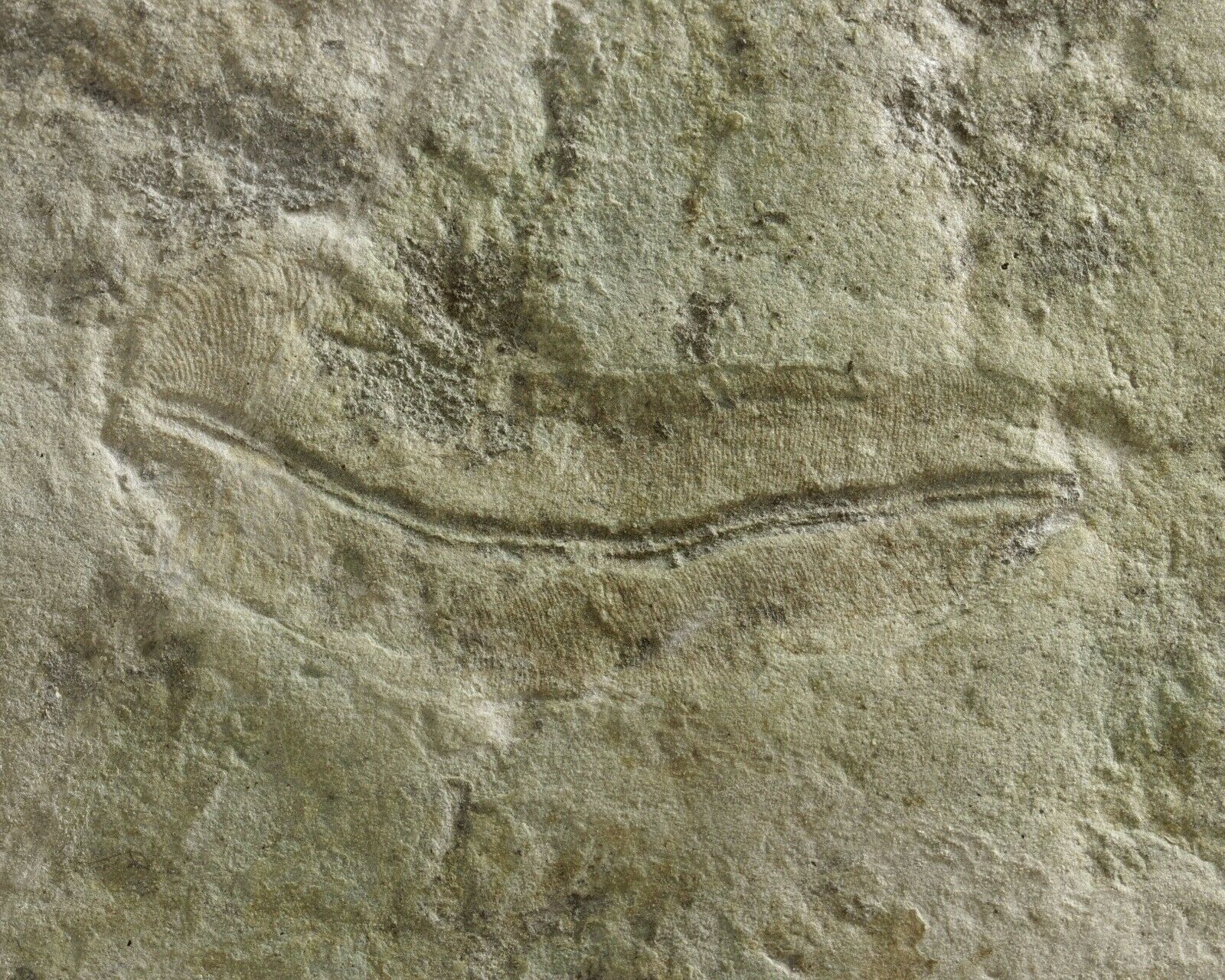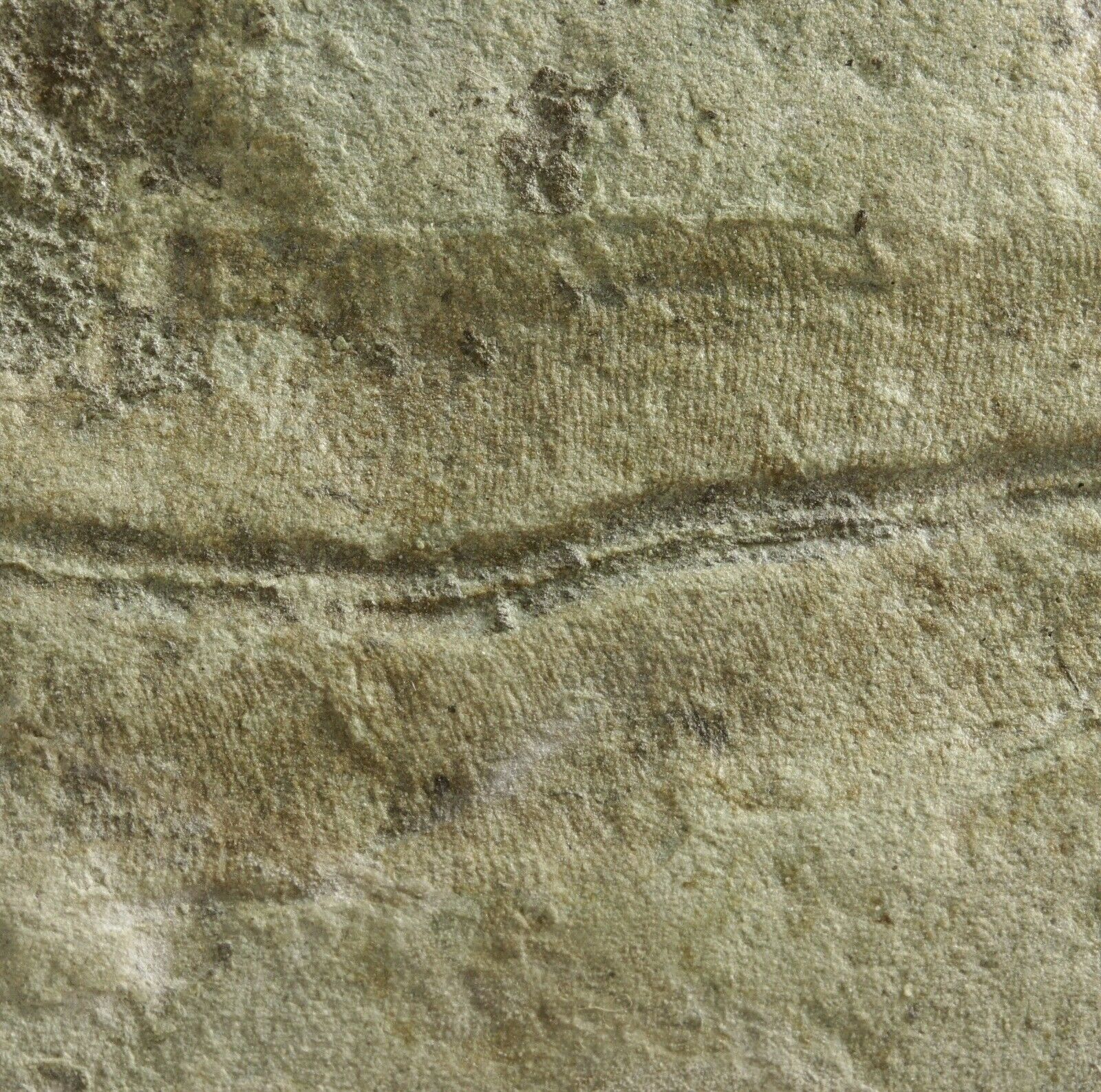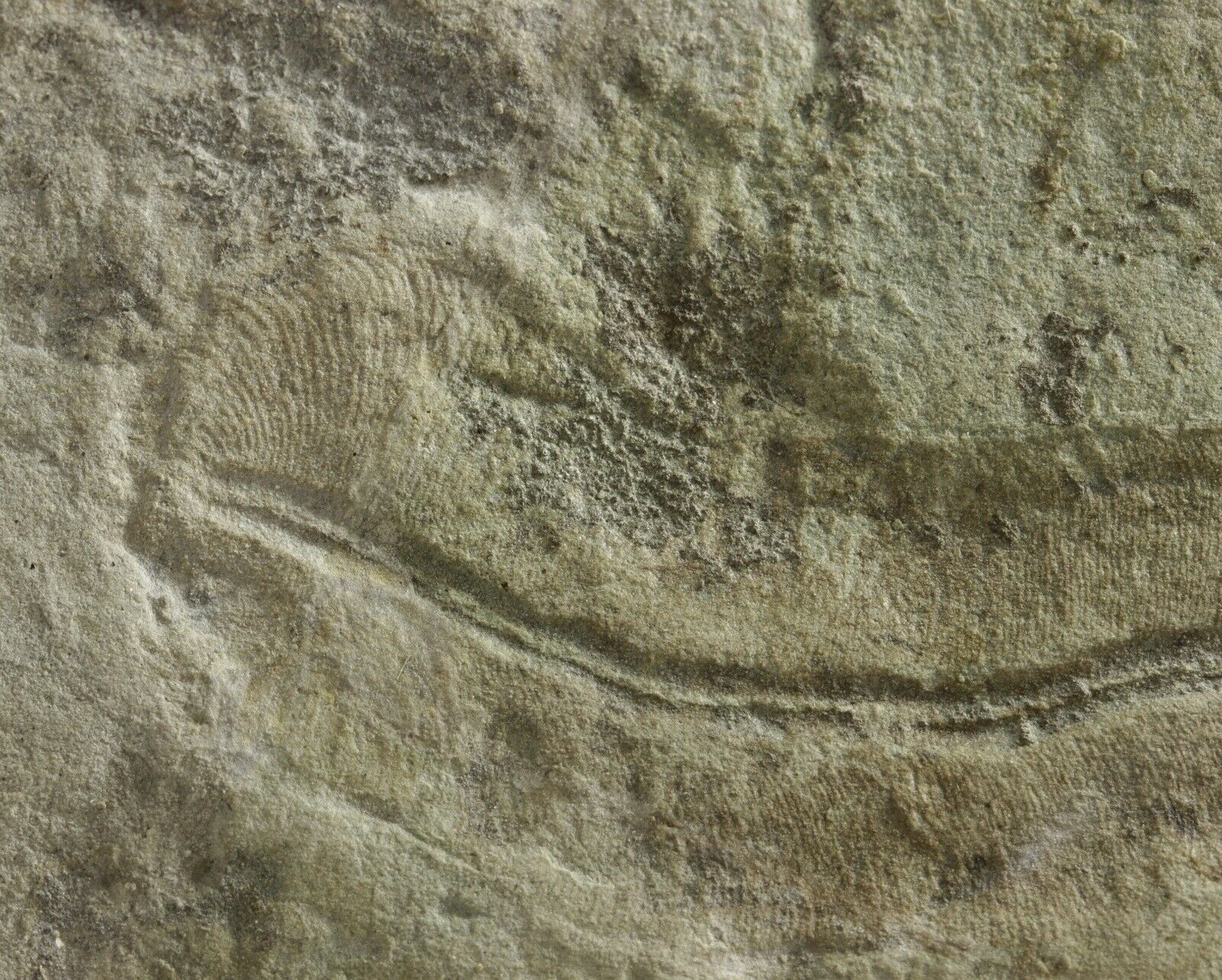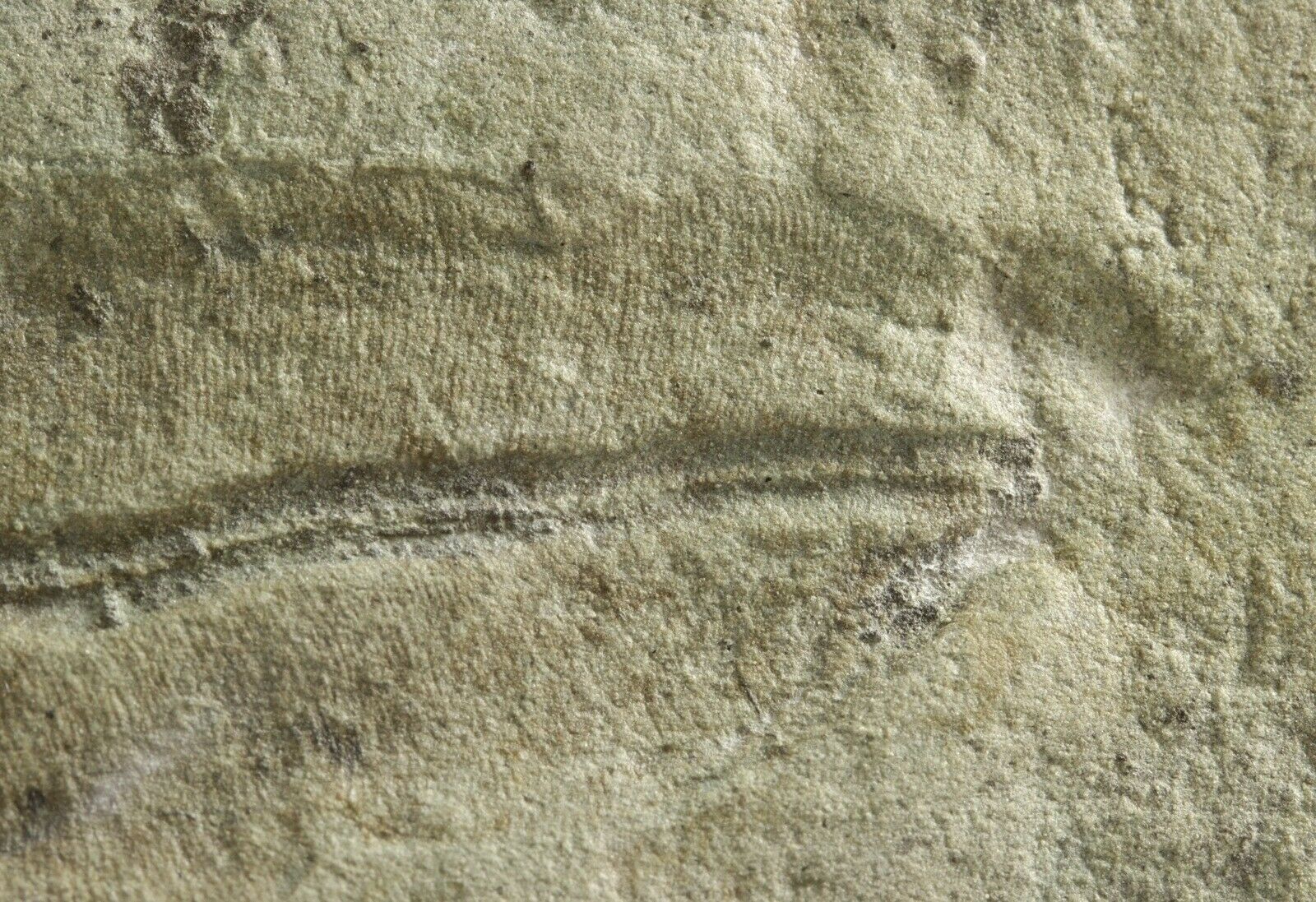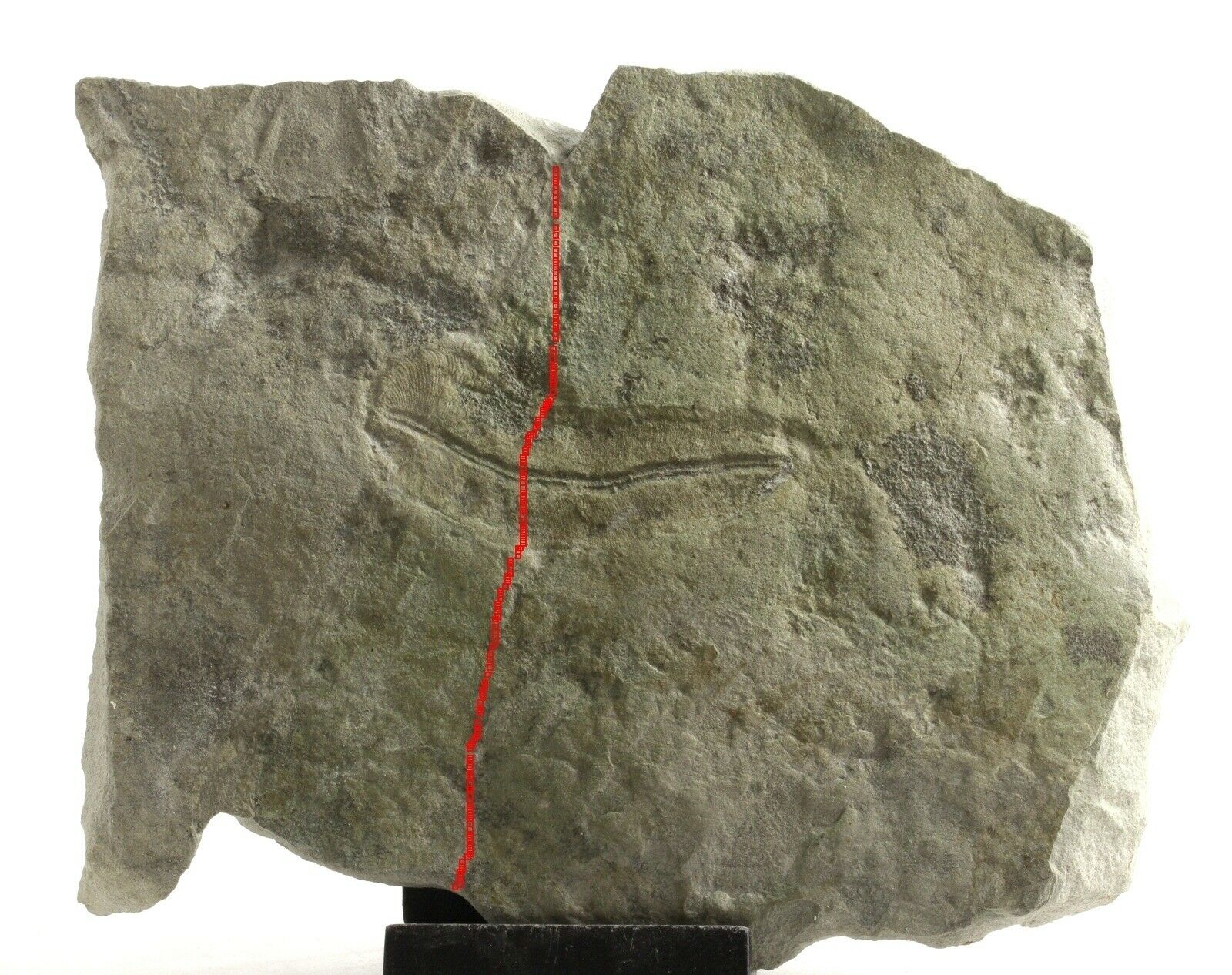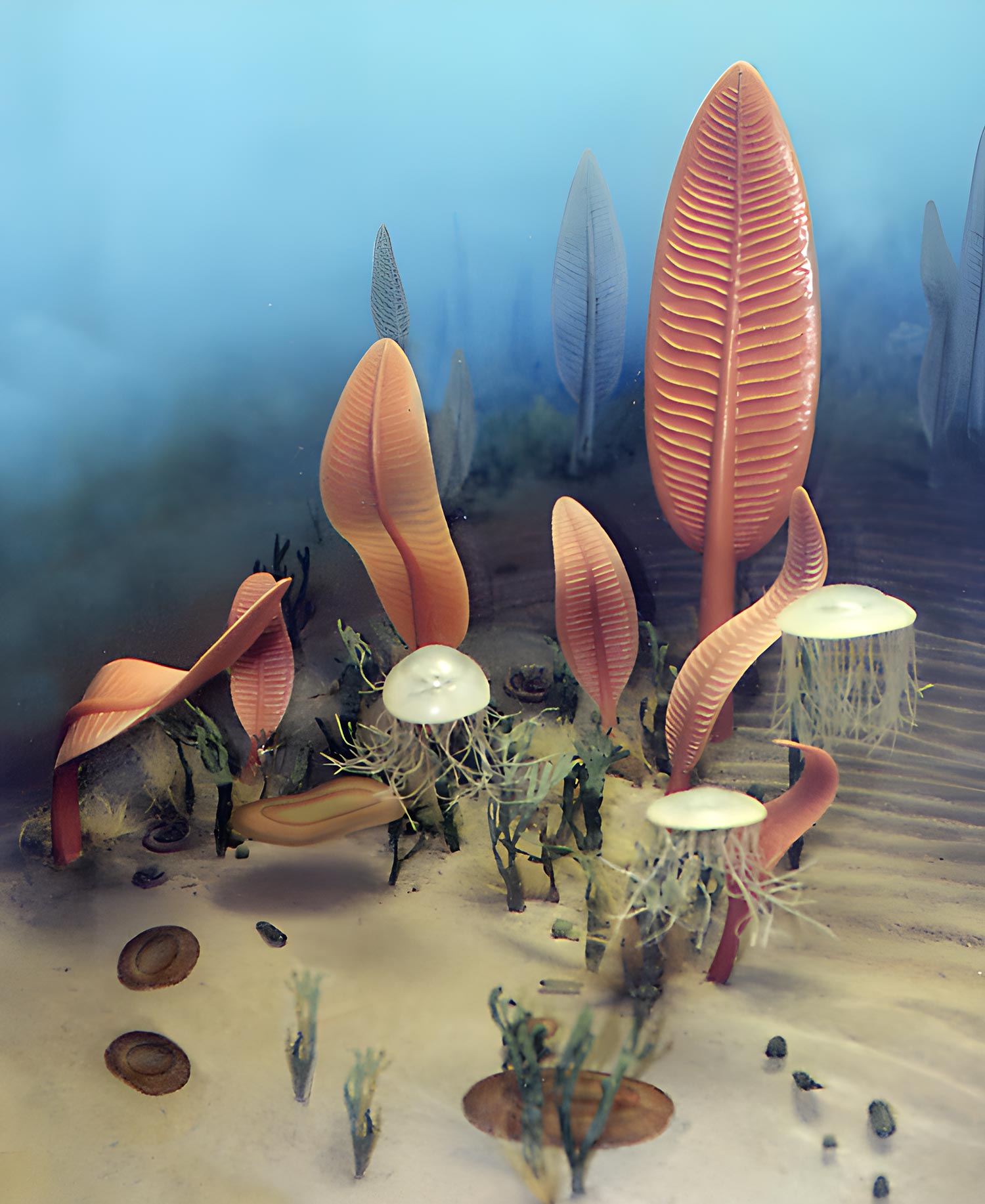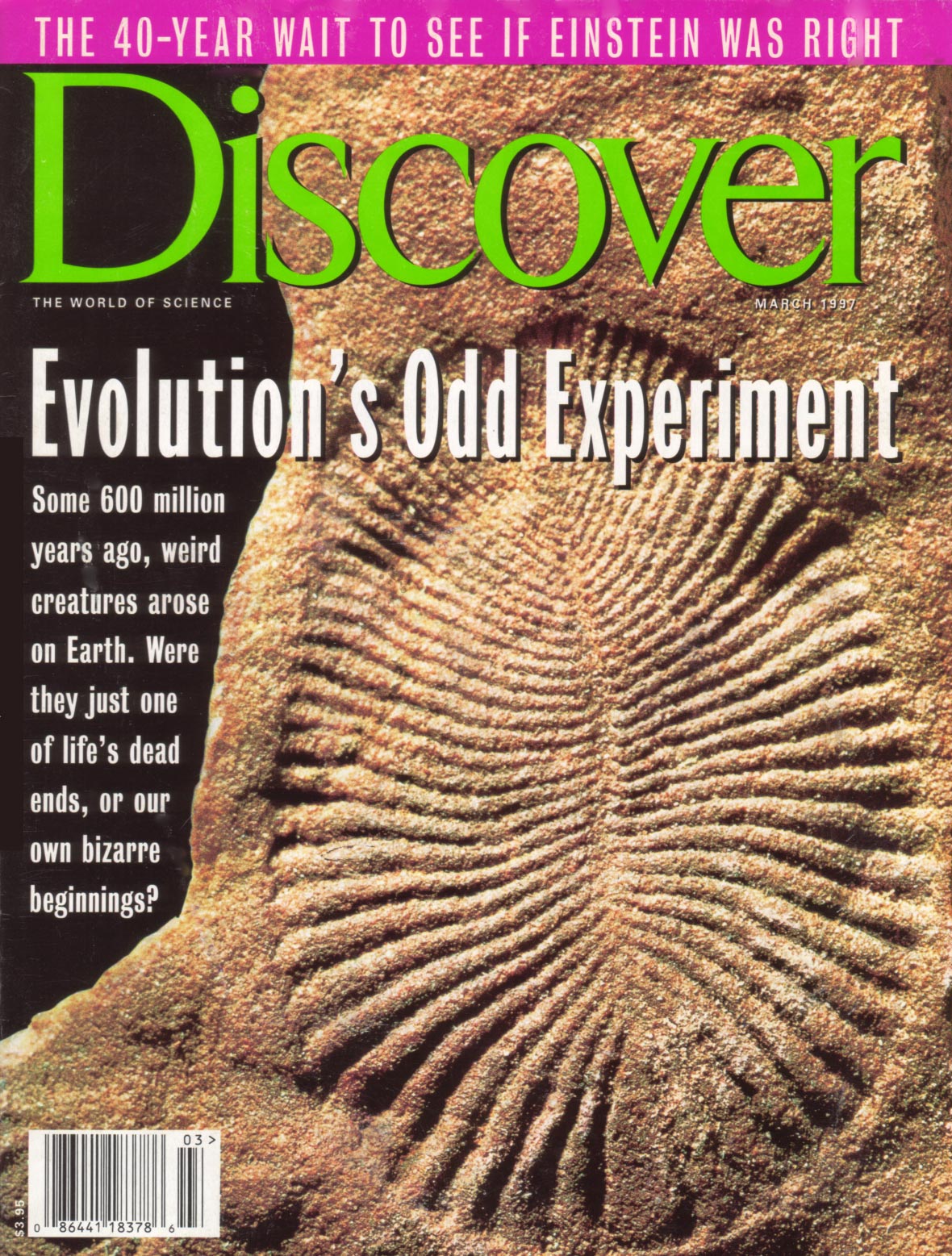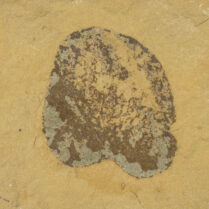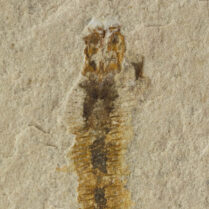Description
Dickinsonia lissa Wade 1972
Precambrian
Penega Formation
East Angelsk, White Sea Russia
55mm (2.2 inch) x 17mm (0.7 inch).
Dickinsonia is an extinct genus of soft-bodied, generally oval-shaped organisms that lived during the Ediacaran period, approximately 550-560 million years ago. They are some of the earliest known complex organisms and are considered to be one of the earliest examples of animal life. Dickinsonia fossils have been found on several continents, including Australia, Europe, and Russia.
The organisms are characterized by a distinctive quilted appearance, with a series of raised ridges on their surface that divide the body into segments. They ranged in size from a few centimeters to over a meter in length. The exact nature of Dickinsonia has been a subject of debate, with some scientists suggesting that they may have been related to early jellyfish or worms, while others believe they may have been a separate group of organisms that did not give rise to any living descendants.
Despite the uncertainty surrounding their exact classification, Dickinsonia fossils have provided important insights into the early evolution of complex life on Earth and the development of body plans in animals.

